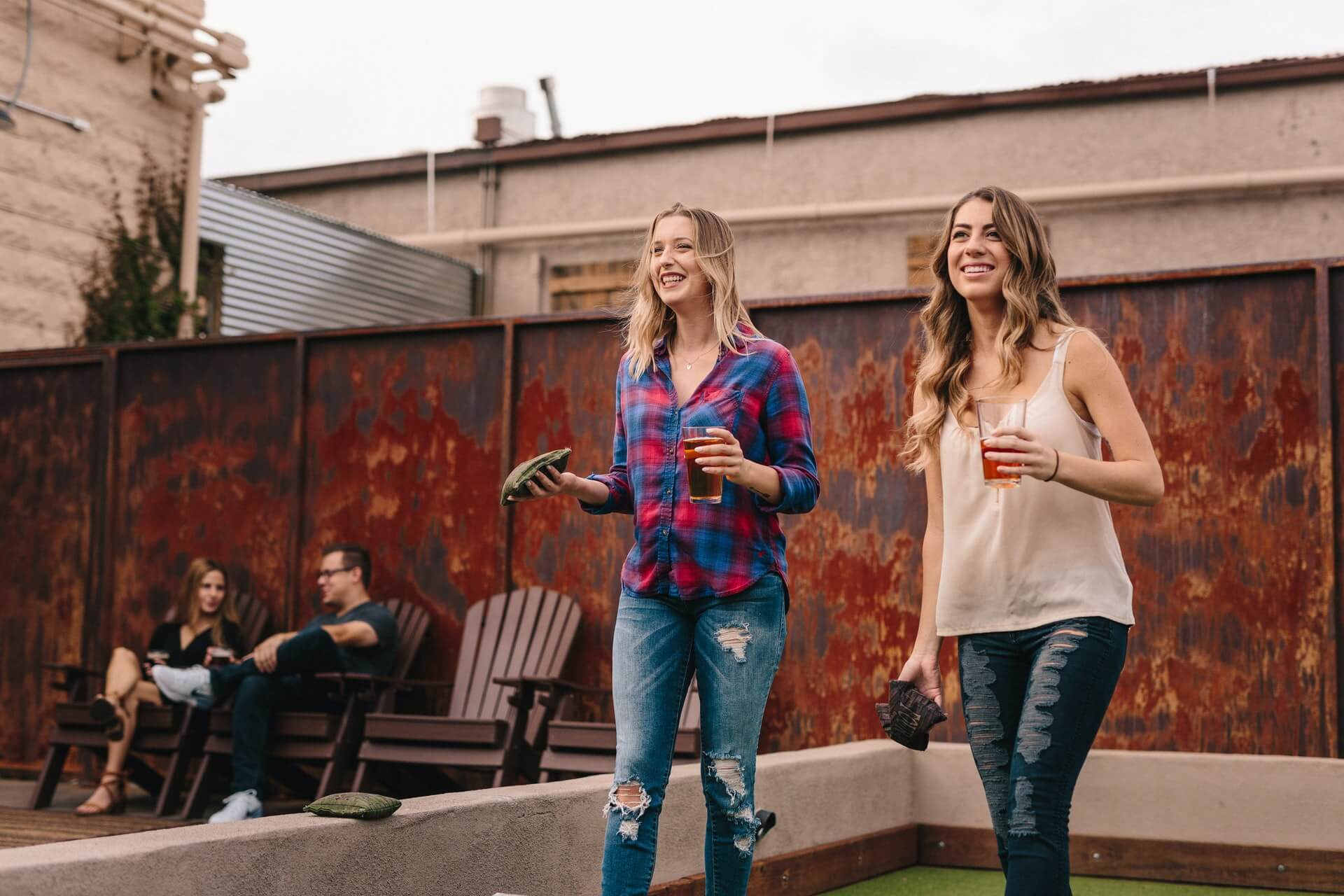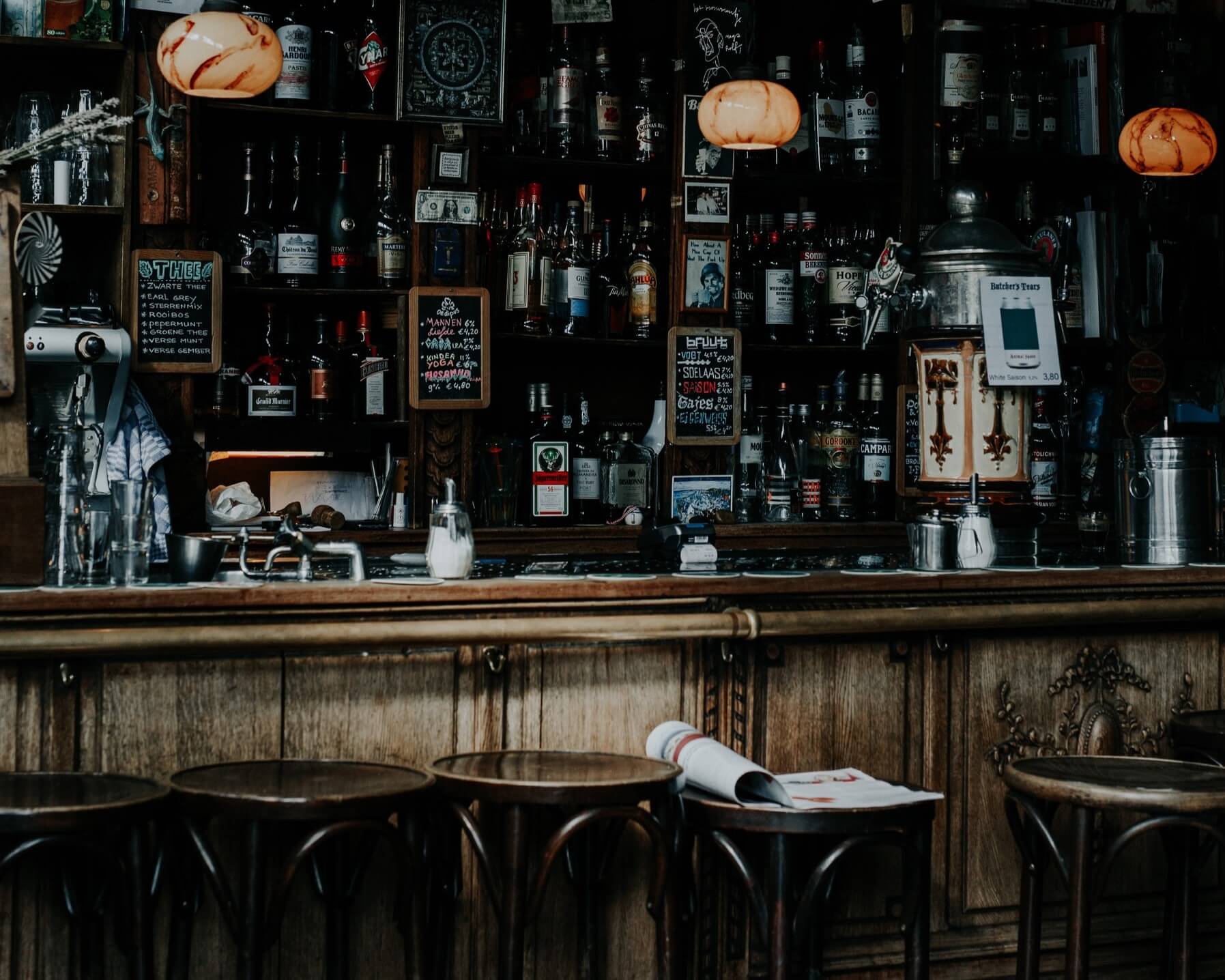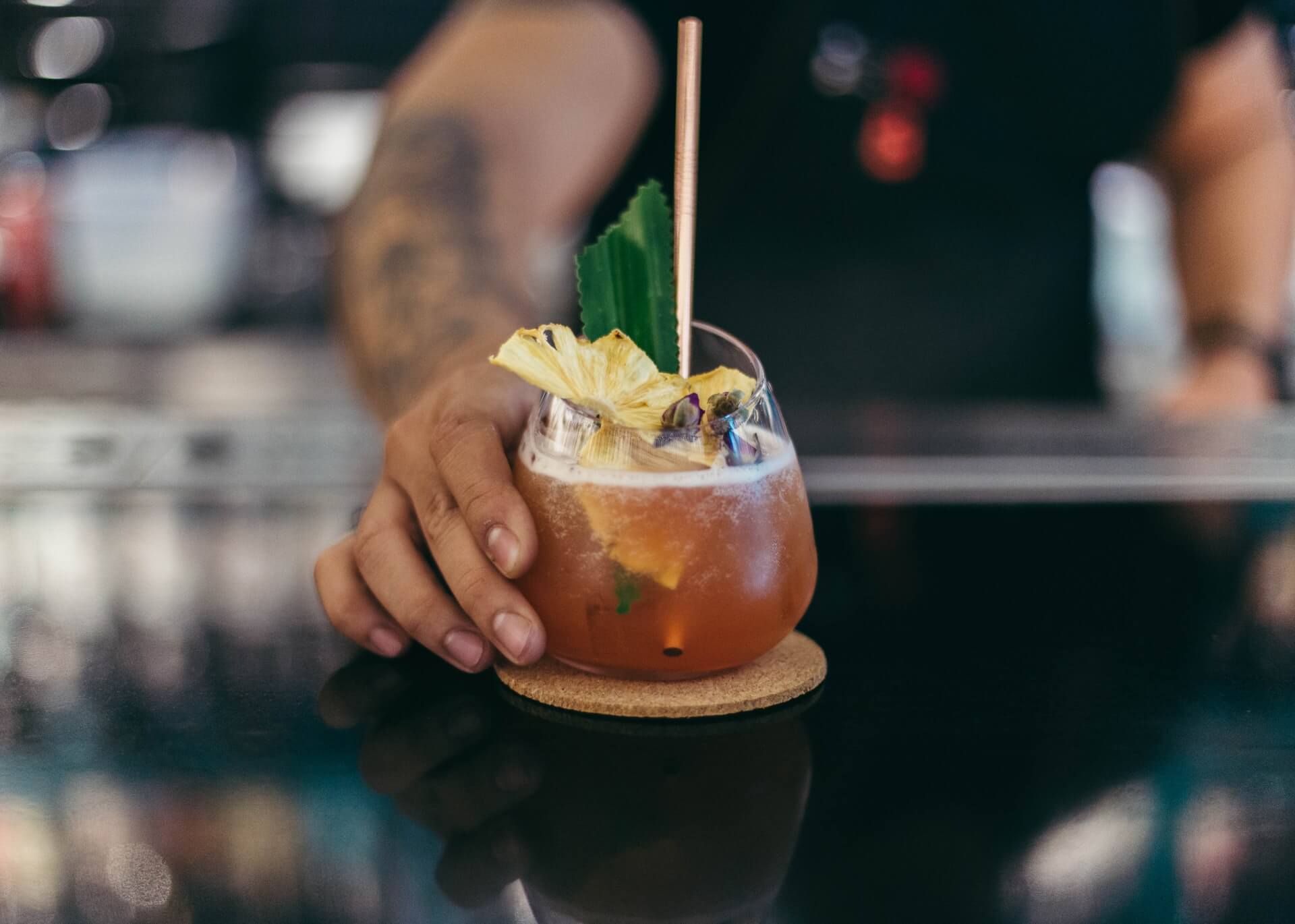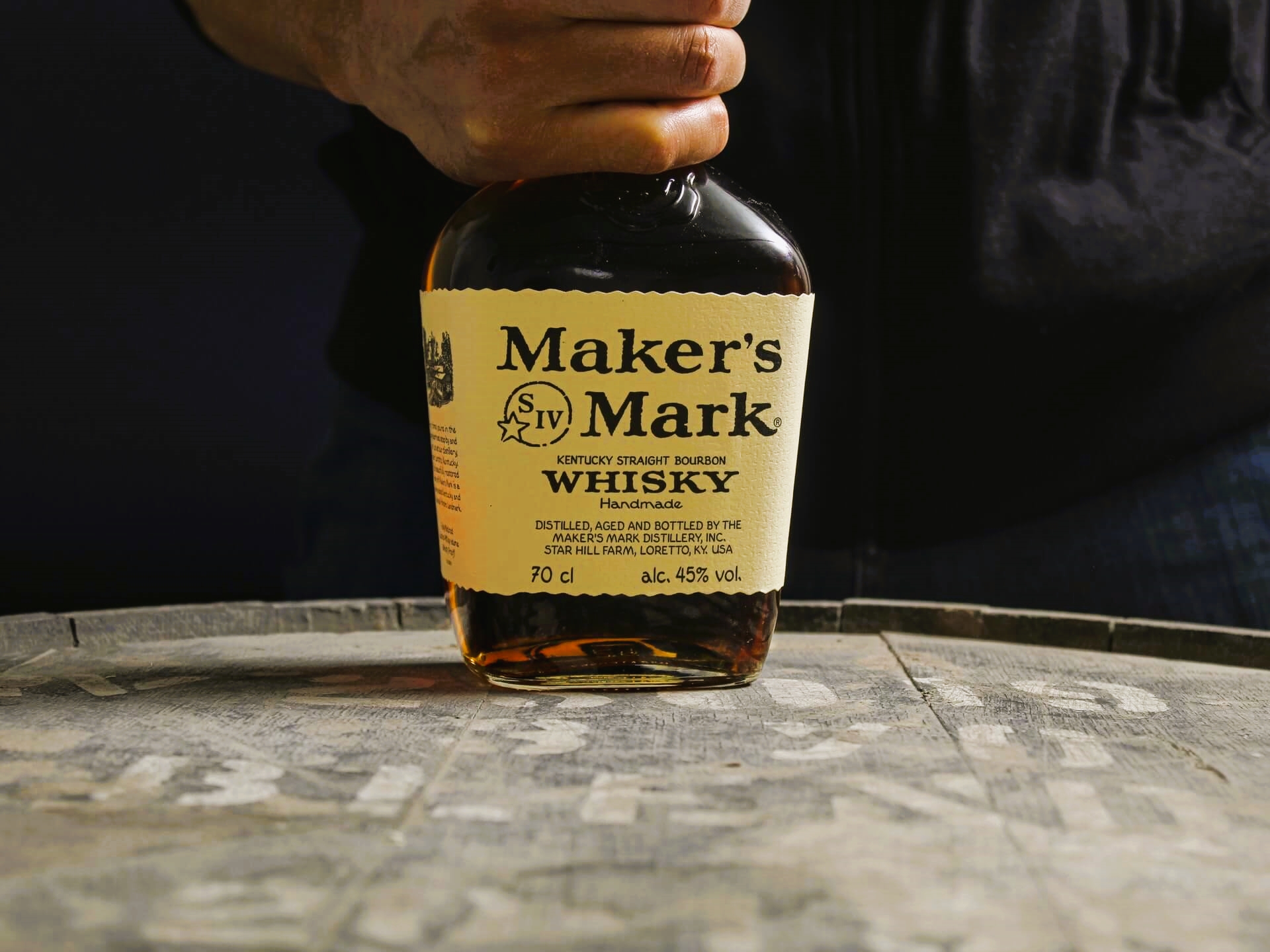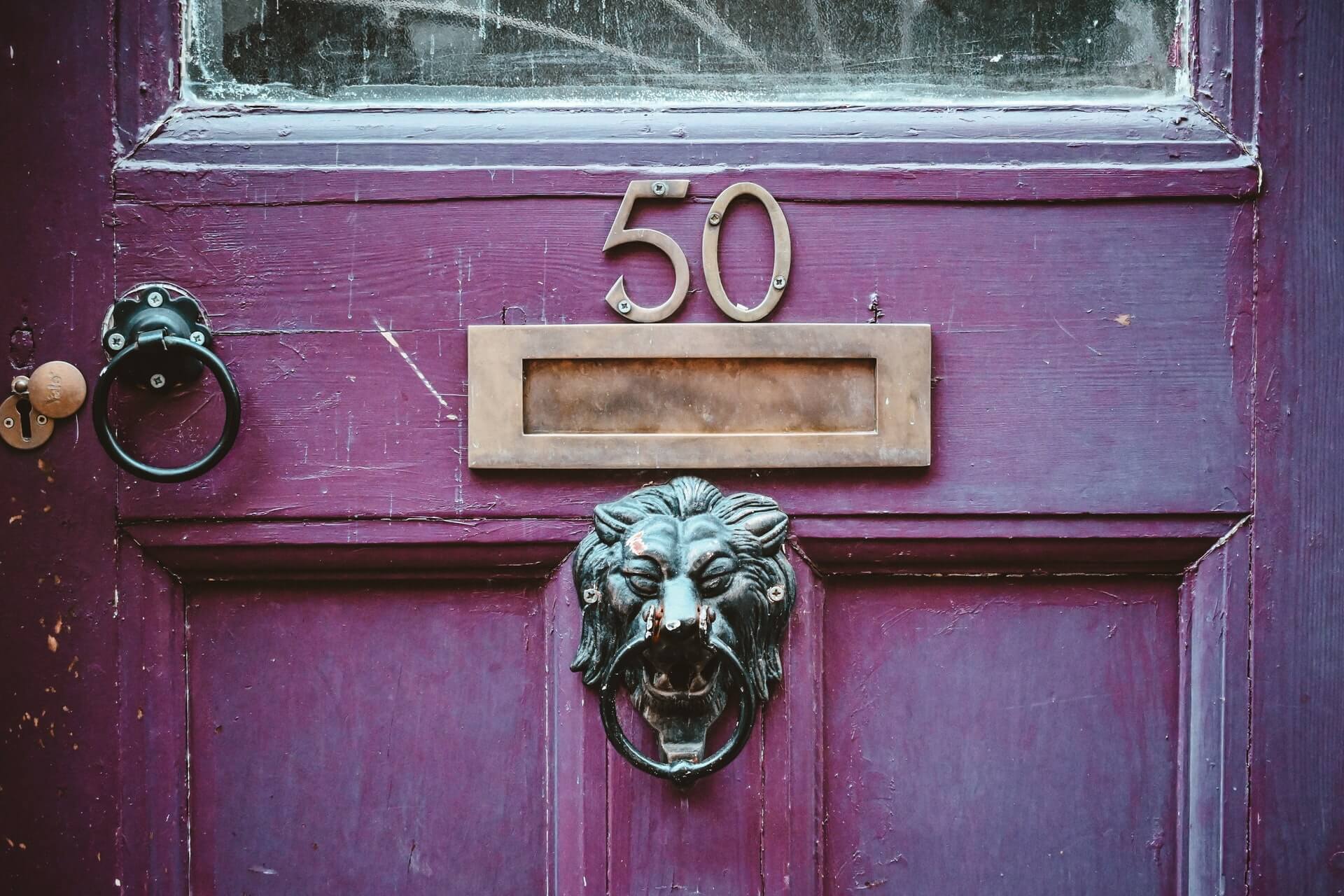Summer 2022 is the Summer of Mezcal
by David Klemt
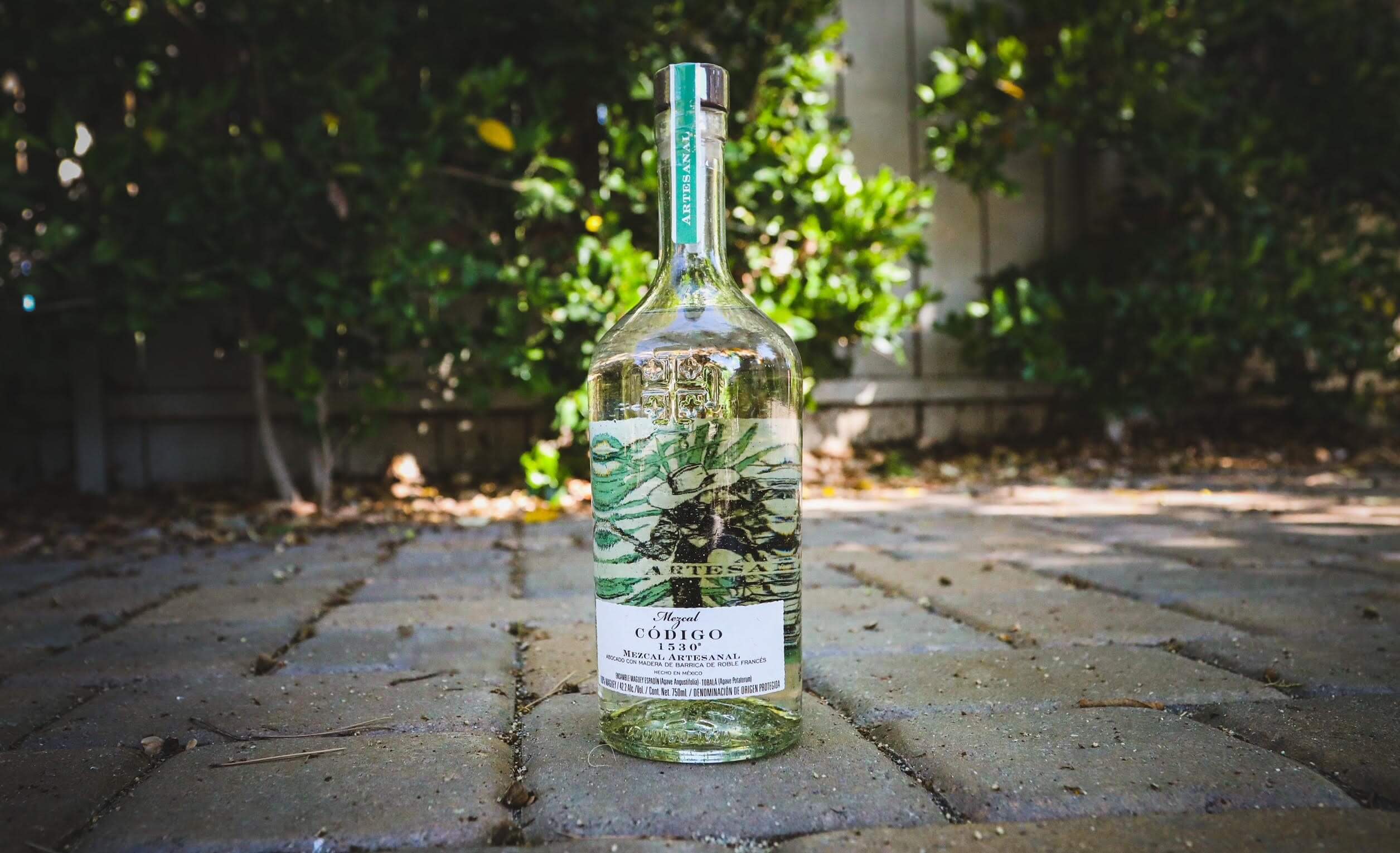
Move over tequila, rum and gin, because this year the drink of the summer is something different.
Summer 2022 is the Summer of Mezcal.
Traditionally, sure, we’re led to believe that lighter spirits (white rum, gin) are best for the hotter months. Of course, dark rum is another route people often take during the summer.
However, mezcal is on fire at the moment. In fact, it has been for the past few years now. So, why not feature it on your summer drink menu?
Mezcal adds depth and complexity to classic cocktails, engaging guests by offering new flavors. And, of course, mezcal is also a fantastic starting point for modern drinks.
Below you’ll find six summer mezcal recipes from Collin De Laval, company mixologist for Código 1530. He turned his attention to Código 1530 Mezcal Artesanal for the Summer of Mezcal.
To learn more about Código 1530 and De Laval, check out Bar Hacks episode 57. Cheers!

La Palomita
- 1.5 oz Código 1530 Mezcal Artesanal
- 0.75 oz Lime juice (fresh, of course)
- 0.25 oz Aperol
- 4 oz Yuzu-lime soda
- 0.25 oz Simple syrup
- Lime wheel or wedge to garnish
Prepare a cocktail glass with fresh ice. In a shaker, combine Código 1530 Mezcal, lime, Aperol and simple syrup. Shake well, pour into cocktail glass, top with yuzu-lime soda, and garnish with lime wheel or wedge.
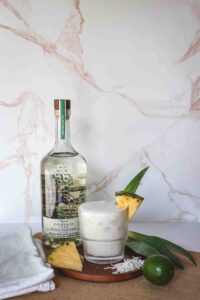
Tropicana
- 1.5 oz Código 1530 Mezcal Artesanal
- 2 oz Pineapple juice
- 1 oz Coconut cream
- 1 oz Lime juice
- Pineapple wedge to garnish
Combine all ingredients in a shaker and prepare a cocktail glass with fresh ice. Shake vigorously, pour, and garnish with a pineapple wedge.
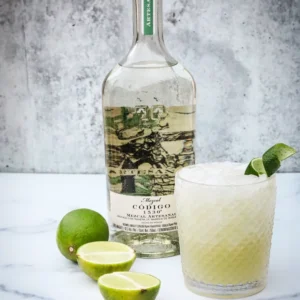
Mezcal Margarita
- 2 oz Código 1530 Mezcal Artesanal
- 0.25 oz Triple Sec
- 1.5 oz Lime juice
- Agave nectar
- Lime wedge or wheel to garnish
Prepare a cocktail or Margarita glass with fresh ice, then combine all ingredients in a shaker (also with ice). Shake, pour, and garnish with a lime.
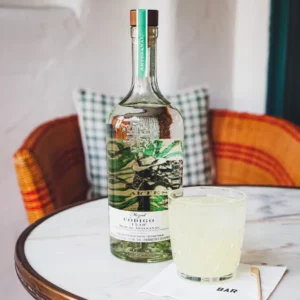
Mezcal Ranch Water
- 2 oz Código 1530 Mezcal Artesanal
- 1 oz Lime Juice
- 0.5 oz Agave nectar
- Soda water to top
Combine Código 1530 Mezcal, lime juice, and agave nectar in a cocktail or highball glass with ice, top with soda water, and stir.
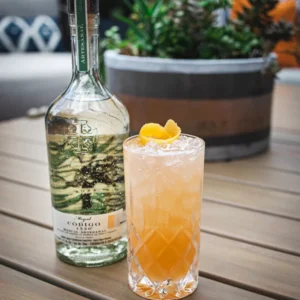
Mango Mezcal Paloma
- 2 oz Código 1530 Mezcal Artesanal
- 1 oz Mango juice
- 1 oz Grapefruit juice
- 0.5 oz Lime juice
- Soda water to top
- Grapefruit peel to garnish
In a shaker with ice, combine Código 1530 Mezcal and all three juices. Shake vigorously, strain into a highball glass with fresh ice, top with soda water, and garnish with grapefruit peel.
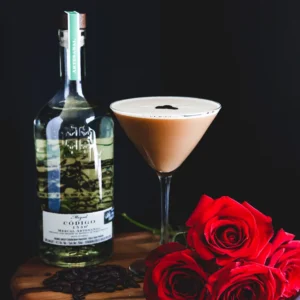
Mezcal Espresso Martini
If you own, operate or are on the leadership team at a bar—or if you’re a bartender or server—you know the Espresso Martini has once again found itself having a moment. So, while you’re building out your summer mezcal menu, don’t forget this trendy drink.
- 1.5 oz Código 1530 Mezcal Artesanal
- 1 oz Coffee liqueur (experiment with Mr. Black Cold Brew Coffee Liqueur or St. George NOLA Coffee Liqueur)
- 1 oz Explorer Cold Brew
- 0.25 oz Simple syrup
- Coffee beans to garnish
Add all the liquid ingredients to a shaker with ice. Shake vigorously until well chilled. Pour into a Martini glass (consider preparing by chilling if you don’t already) and garnish with coffee beans.
Images courtesy of Código 1530


